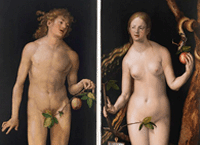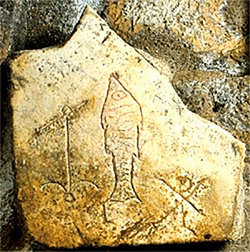
Christian Art Overview
Christian art's history spans from its origins in the Roman Empire to the present, evolving through periods like Early Christian art, Byzantine art, the Renaissance, and beyond, with common themes including depictions of Jesus, Mary, and biblical scenes.
Early Christian Art

Identifiable Christian art emerged in the late 2nd and early 3rd centuries, with the earliest examples being found in the catacombs of Rome. The early Christians used Roman artistic media like frescos, mosaics, sculptures, and illuminated manuscripts that often incorporated Roman styles and themes. Common among these themes were the Good Shepherd, the fish (a symbol of Christ), and scenes from the Bible. Before the Edict of Milan (313 AD), Christians practiced their faith in secret. After the legalization of the religion, Christian art became more prominent in churches and public spaces.
Byzantine Art (5th-15th Centuries)
Byzantine art flourished in the Eastern Roman Empire (Byzantine Empire) after the fall of the Western Roman Empire. This artistic period became known for its highly stylized, often religious iconography, mosaics, and icons. Byzantine art featured scenes from the Bible, saints, and the Virgin Mary, often presented in a symbolic manner.
Medieval Christian Art (5th-15th Centuries)
During the medieval period, art styles such as Romanesque and Gothic emerged, influencing both architecture and art. This Medieval art continued to depict biblical scenes and saints, but also incorporated themes of chivalry and courtly love.
Renaissance and Beyond (15th-17th centuries)
The Renaissance saw a renewed interest in classical art and a shift towards realism and humanism in art. Although religious themes remained important, artists began to explore human emotions and experiences more fully. Styles such as Baroque and Rococo further developed, with artists continuing to explore religious themes, but also incorporating secular and mythological subjects in their works.